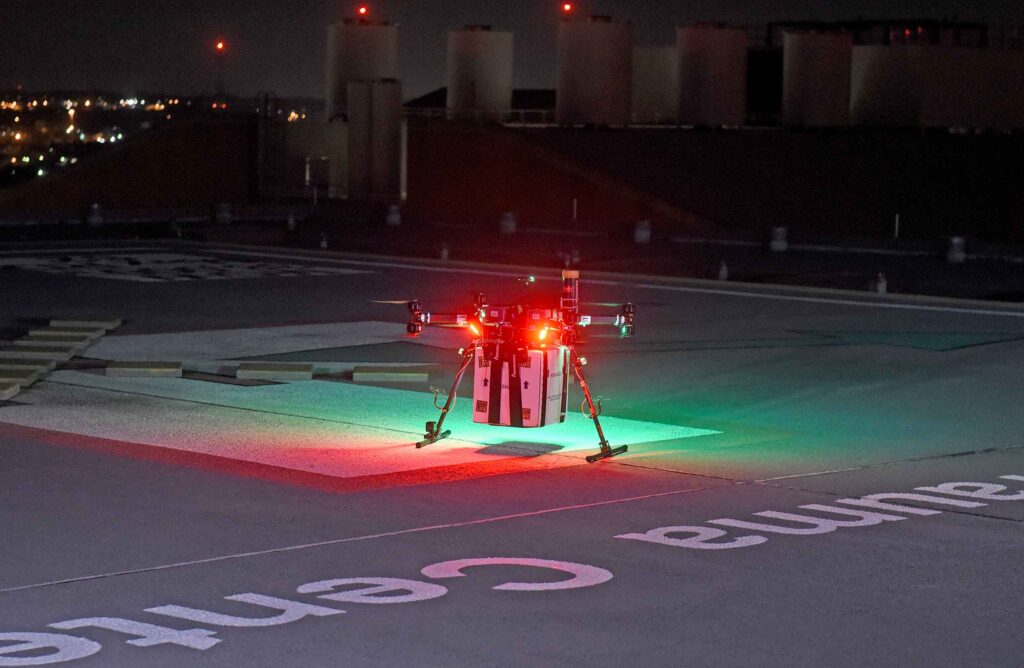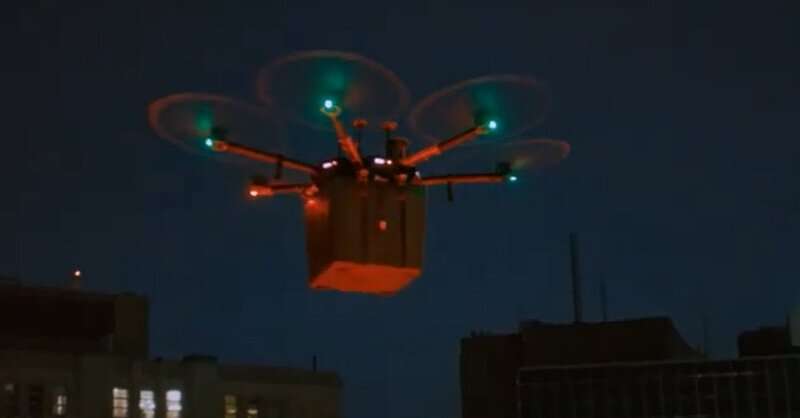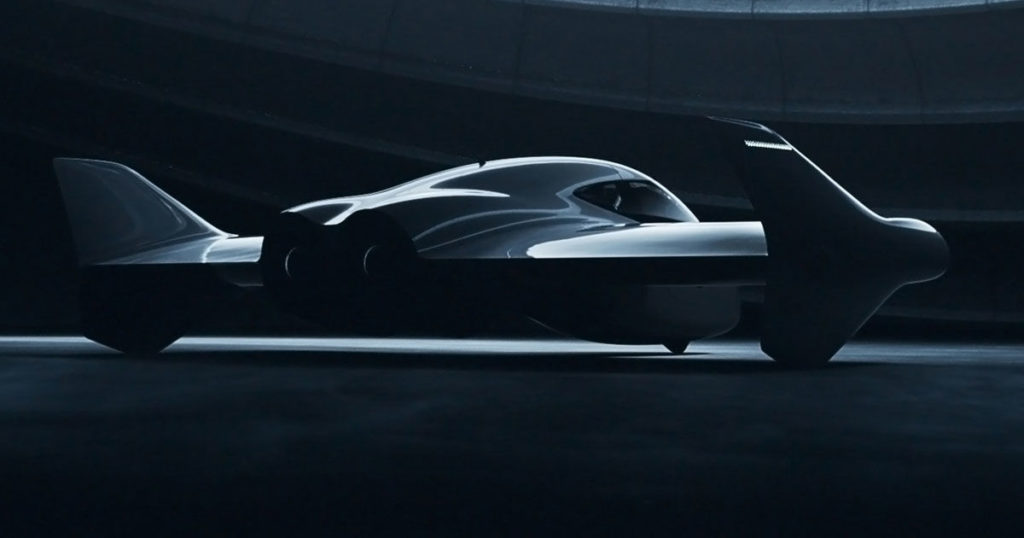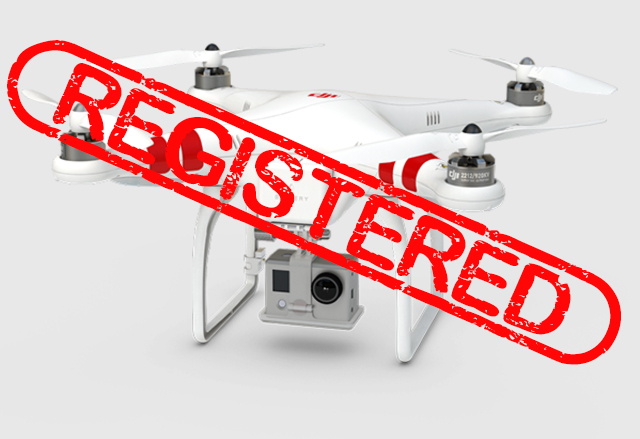Drone shows, a modern blend of technology and art, are challenging the long-standing tradition of fireworks. These displays consist of hundreds or even thousands of drones equipped with bright LEDs, performing synchronized movements in the night sky. This post explores whether these innovative shows have the potential to become the new standard for public celebrations, possibly making traditional fireworks a thing of the past. We will examine the appeal of drone shows, how they work, and what they might mean for the future of outdoor entertainment.
How Do Drone Shows Come to Life?
Drone shows operate through the coordinated effort of numerous drones, each serving as a pixel in a vast aerial canvas. The key to their mesmerizing displays lies in the sophisticated software that pre-programs their flight patterns, ensuring that each drone moves in harmony with others, with the right speed and often in synchrony with music to create intricate designs and animations in the sky. Behind the scenes, this requires meticulous planning and precise programming by teams of skilled engineers and designers. They must consider factors like drone battery life, GPS accuracy, and synchronization, making the orchestration of such shows a complex, yet rewarding, technological feat. However, due to the high complexity of the entire process, organising a drone show can be quite expensive, with costs ranging anywhere from $500 to $500,000 or even more. The cost typically depends on factors such as the duration of the show, the number of drones required, and the complexity of the patterns they display.
Advantages and Challenges
While drone shows and traditional fireworks each create spectacular displays, they offer different advantages and face unique challenges. The benefits of drone shows are considerable: they are reusable, do not release harmful chemicals or smoke into the environment, and present a lower risk of fire hazards and physical injuries compared to fireworks. Their programmability allows for the customization of intricate images, such as brand logos or storytelling elements, offering a new dimension of creativity. Additionally, drones are quieter and more pet-friendly compared to the loud explosions of fireworks, making them a safer and more considerate option in noise-sensitive environments. However, drone shows are not without limitations. They are highly dependent on weather conditions, with adverse weather potentially disrupting performances. The requirement for a large, flat area free from obstacles for takeoff and landing, as well as the need for permits from the relevant authorities, adds to the logistical challenges. Preparation for these shows is time-intensive, demanding extensive planning, rehearsal, and coordination. These factors, combined with their sensitivity to environmental conditions, mean that while drone shows offer an innovative and environmentally friendly alternative, their feasibility and practicality in various settings can be constrained.
Will Drone Shows Replace Fireworks?
As we consider the future of public spectacles, it seems increasingly likely that drone shows could become a favored choice in many urban settings, especially where environmental concerns and regulatory measures restrict the use of traditional fireworks. Additionally, in technologically advanced cities and countries that are keen on embracing new trends, drone shows could emerge as a popular substitute, aligning with the growing emphasis on sustainability and public safety. These sophisticated displays, however, come with a substantial cost, likely confining their use to grand events sponsored by large corporations or municipalities, such as New Year’s celebrations, national holidays, concerts, or festivals. For significant personal occasions like weddings, drone shows might also find their place, offering a memorable and unique experience.
However, when it comes to more routine celebrations, the widespread adoption of drone shows seems less feasible. The cost and logistical complexity of organizing such an event are beyond the reach of most individuals. For those living in dense urban areas or apartment buildings, the practical challenges of coordinating a drone show – from space requirements to flight permissions – make it an impractical choice for private events. In these scenarios, traditional fireworks, despite their environmental impact, remain a more accessible and affordable option for creating a festive atmosphere. While they may not match the grandeur and innovation of drone shows, fireworks can still provide a spectacular display on a smaller budget, and with less planning involved. Therefore, in my opinion, while drone shows are poised to redefine public celebrations in certain contexts, fireworks are likely to retain their appeal for personal, smaller-scale events.”
Final Thoughts: Balancing Celebrations
In conclusion, while drone shows represent a remarkable fusion of technology and artistry, offering environmentally friendly and customizable options for large-scale events, they are not yet poised to completely replace traditional fireworks. The charm and accessibility of fireworks, coupled with their lower cost and ease of use, ensure their continued popularity for smaller, personal celebrations. It’s a landscape of coexistence rather than replacement, where drone shows cater to grand, public events and fireworks maintain their place in more intimate gatherings. This duality not only reflects diverse entertainment preferences but also underscores the importance of choice in how we celebrate our most cherished moments. As technology advances, we may see further changes in this dynamic, but for the present, both forms of spectacle retain their distinct roles in our celebratory customs
Bibliography
- https://www.flyingmag.com/are-drone-light-shows-replacing-fireworks-displays/
- https://www.droneblog.com/drone-light-show/
- https://www.digitalcameraworld.com/news/drone-light-shows-are-the-fireworks-of-the-future-heres-how-they-work
- https://droneguider.com/how-do-drone-shows-work/
- https://www.avinteractive.com/territories-news/apac/the-1500-drone-dragon-that-danced-in-the-shenzhen-sky-26-06-2023/
Created with the help of Chat GPT-4










